10. Messina Earthquake, Italy (1908)
On December 28, 1908, a powerful earthquake with a magnitude of approximately 7.1 struck the city of Messina, Italy. The disaster claimed approximately 123,000 lives and caused significant destruction. Portions of the coastline sank into the sea, and a subsequent tsunami amplified the devastation.
The aftermath was characterized by:
- Numerous aftershocks throughout the night
- A sense of despair among survivors
- Remarkable communal efforts as regions united to provide support
This catastrophic event highlighted the urgent need for advancements in seismic safety measures and urban planning. It remains a significant chapter in Italy's history, illustrating both nature's power and society's response to its challenges.
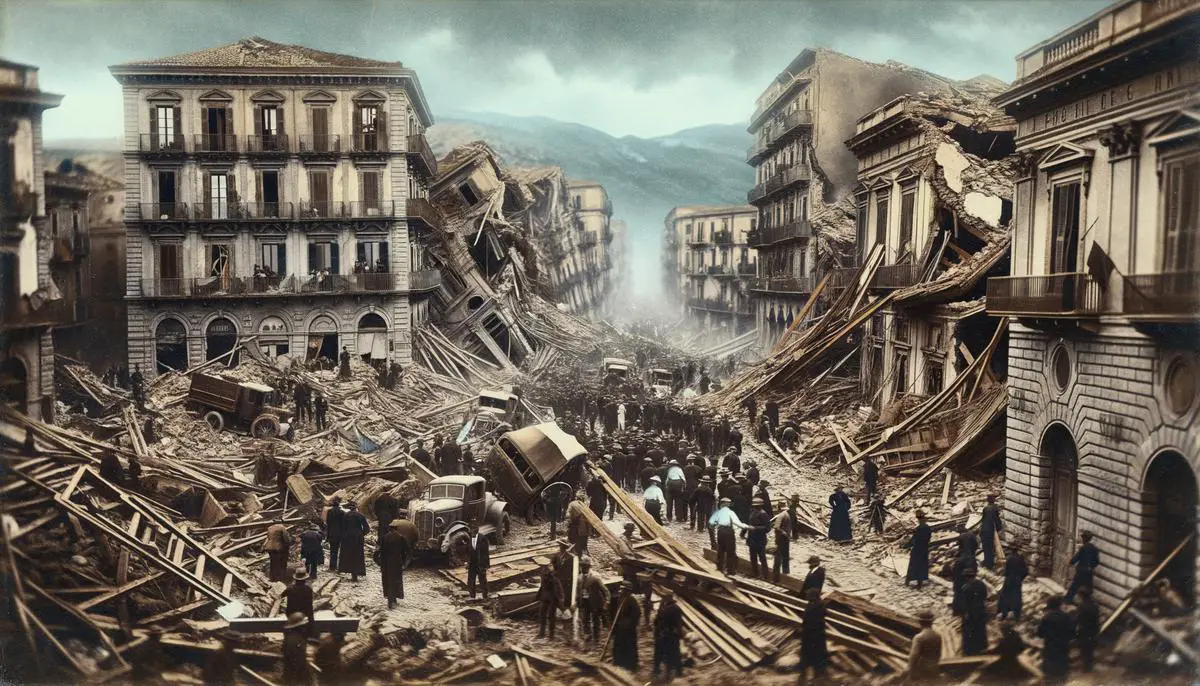
9. Ardabil Earthquake, Iran (893)
On March 23, 893, a devastating earthquake struck the historical city of Ardabil in northwest Iran. The seismic event claimed about 150,000 lives and largely obliterated the city, showcasing the vulnerability of ancient structures against natural forces.
The immediate aftermath was marked by chaos, with tremors disrupting what little remained of the city's foundation. This catastrophe serves as a somber reminder of the challenges faced by pre-modern societies in coping with natural disasters.
"Despite its tragic consequences, the Ardabil earthquake underscores human determination to endure and learn from nature's formidable challenges."
It remains an important historical event, urging contemporary society to continuously strive for better preparedness and technological advancements in seismic safety.
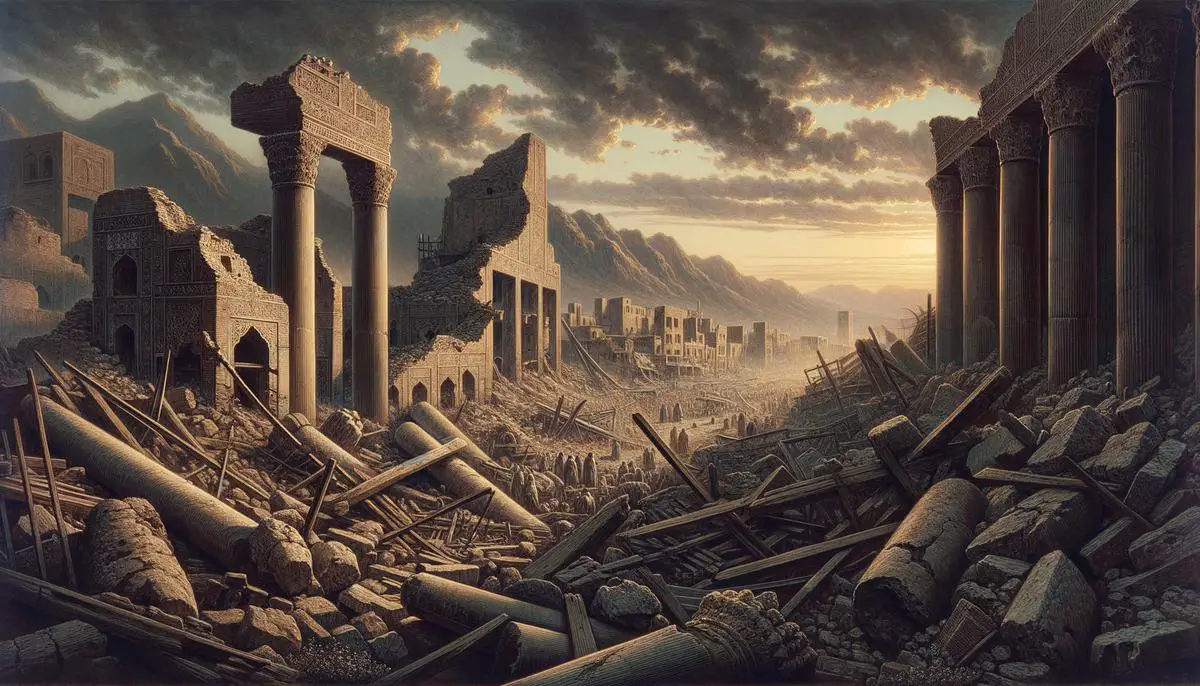
8. Haiyuan Earthquake, China (1920)
On December 16, 1920, an earthquake with a magnitude of 8.3 struck China's Gansu province. The Haiyuan earthquake claimed approximately 200,000 lives and caused destruction across seven provinces. Entire towns were consumed by the upheaval, leaving survivors to grapple with harsh winter conditions and scarce resources.
This catastrophic event served as a wake-up call to the vulnerabilities in infrastructure of the era. It spurred recognition of the critical need for:
- Advancements in building practices
- Implementation of earthquake-resistant designs
The Haiyuan earthquake remains a significant chapter in seismic history, driving ongoing endeavors to improve technological interventions and build resilience against future earthquakes. It serves as a reminder of nature's power and humanity's capacity for adaptation in the face of overwhelming odds.

7. Damghan Earthquake, Iran (856)
On December 22, 856, a catastrophic earthquake struck the ancient city of Damghan in the Persian Empire, claiming approximately 200,000 lives. The event reduced ancient architectural marvels to ruins and reshaped the cultural and socio-political landscape of the region.
In an era where structural resilience was nascent and scientific understanding of such phenomena was limited, communities were abruptly thrust into turmoil. The aftermath saw the socio-cultural fabric of Damghan and its neighboring regions fray as survivors grappled with immeasurable loss and the task of rebuilding.
This seismic event may have initiated early discussions on architecture that could withstand nature's fury. The ruins of Damghan became sites of contemplation and learning, serving as reminders of nature's dual capacity for destruction and renewal.
The 856 Damghan earthquake offers valuable lessons for contemporary society, underscoring the importance of innovation and preparedness in the face of natural disasters.
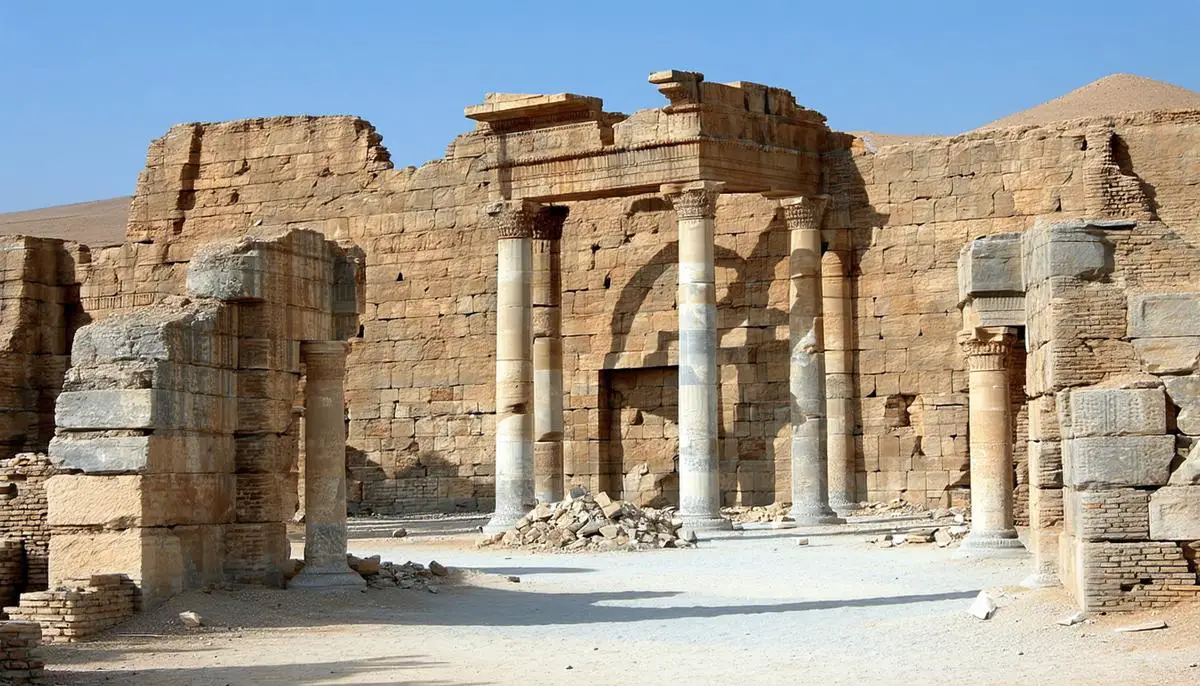
6. Aleppo Earthquake, Syria (1138)
On October 11, 1138, a powerful earthquake struck the medieval city of Aleppo, Syria, claiming approximately 230,000 lives. The seismic event obliterated much of this vibrant city and its surrounding regions, leaving behind a tableau of ruin and despair.
Aleppo, known for its architectural grandeur and thriving marketplaces, saw its historic edifices crumble under the abrupt tremors. The toll on human life was profound, marking one of the darkest chapters in the city's storied past.
In the aftermath, there was a shift as the reconstructed city began to incorporate more robust architectural practices, albeit within the constraints of contemporary knowledge and resources. This unfortunate episode in Aleppo's history underscored the challenge of balancing cultural heritage with the pressing need for safety and sustainability.
The Aleppo earthquake of 1138 offers enduring lessons in adaptation and survival. Its memory compels ongoing reflection on the critical integration of tradition and innovation in urban planning and disaster preparedness.
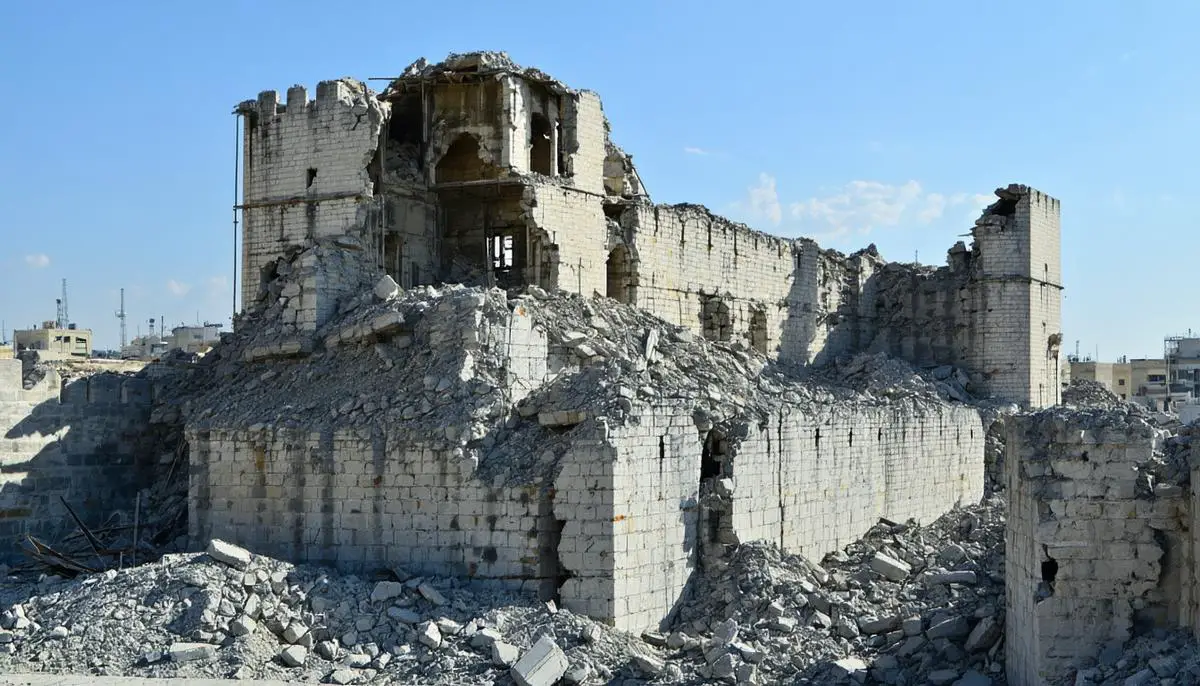
5. Antioch Earthquake, Byzantine Empire (526)
On May 20, 526, a catastrophic earthquake struck the city of Antioch in the Byzantine Empire, claiming an estimated 250,000 to 300,000 lives. The seismic event decimated the city's architecture and infrastructure, including the iconic great basilica.
The immediate aftermath highlighted the fragility of societal resilience amidst such unprecedented adversity. Infrastructure critical to daily life lay in ruins, crippling both the economy and population stability. Subsequent fires compounded the disaster's already overwhelming impact.
Emerging from the catastrophe, there was a determined effort for recovery and reinvention. Regenerative efforts were pursued with vigor, drawing upon both innovation and lessons learned from the tragedy. Antioch began a journey toward rebuilding structures capable of withstanding future seismic challenges, despite the limited scientific understanding of the era.
The Antioch earthquake serves as a reminder of the delicate balance between humanity and the natural world. It urges a continuous commitment to:
- Preparedness
- Scientific inquiry
- Mutual cooperation in minimizing the impacts of future natural calamities
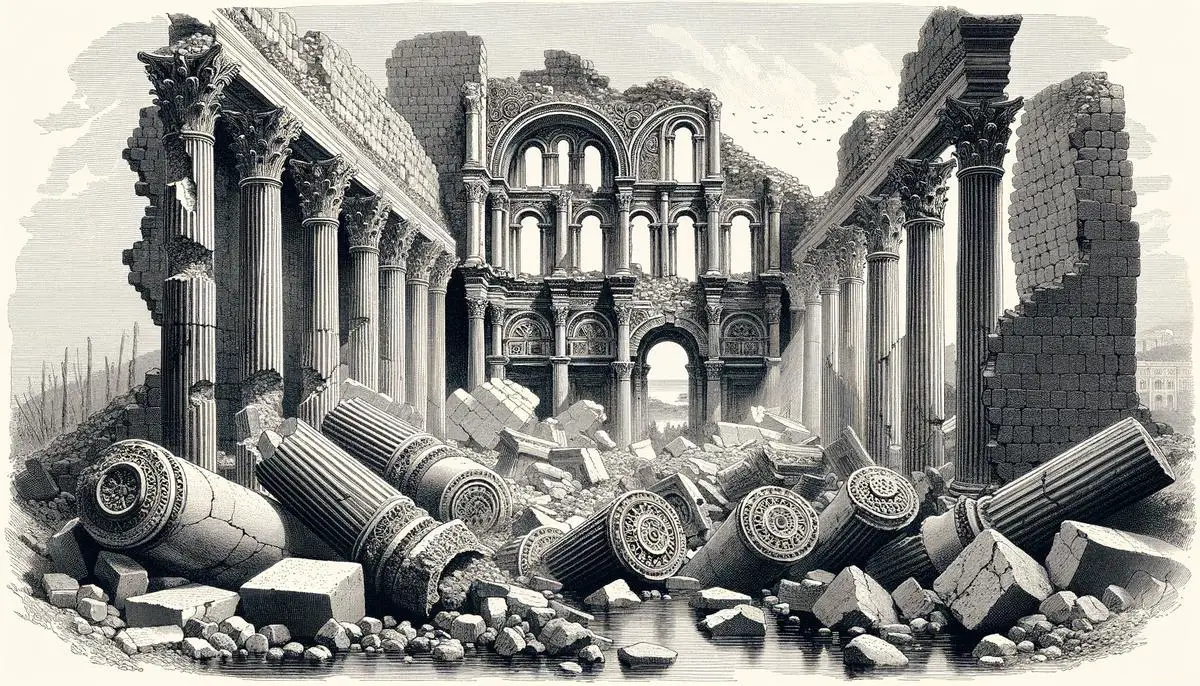
4. Haiti Earthquake (2010)
On January 12, 2010, a magnitude 7.0 earthquake struck Haiti, centered near the capital city of Port-au-Prince. The disaster claimed over 200,000 lives and left 1.5 million residents homeless, exposing the nation's vulnerabilities and systemic frailties.
The collapse of buildings, many not engineered to withstand seismic forces, highlighted the pressing need for more resilient construction practices. It also cast a spotlight on the long-standing poverty and lack of resources faced by the island nation.
In the aftermath, international aid flooded into Haiti, reflecting global solidarity. However, the recovery process exposed deeper-rooted issues in governance and resource distribution. The challenges of rebuilding underscored the nation's pre-existing socio-economic struggles.
The earthquake became a catalyst for international discourse regarding:
- Disaster resilience
- Effective infrastructure development in vulnerable regions
- Importance of immediate relief and sustained developmental support
As Haiti continues its recovery, the 2010 earthquake remains a poignant reminder of human resilience and vulnerability against nature's forces. It propels a continuous commitment to empowerment through knowledge, innovation, and unity—elements critical to fortifying societies worldwide against future natural disasters.
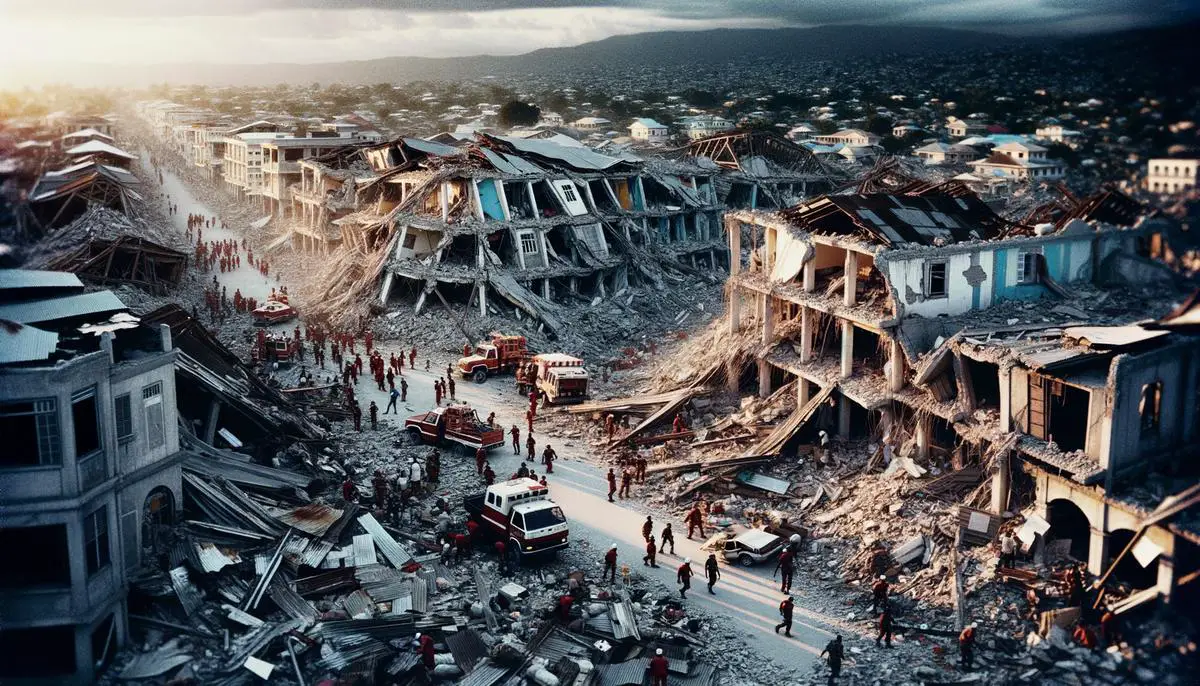
3. Indian Ocean Earthquake and Tsunami (2004)
On December 26, 2004, a massive undersea earthquake with a magnitude of 9.1 triggered one of the deadliest tsunamis in recorded history. This catastrophic event affected 14 countries, resulting in a devastating loss of life, with death toll estimates ranging from 230,000 to 280,000 individuals. Communities from Indonesia to East Africa felt the impact of this disaster, as towering waves swept inland, engulfing entire coastal areas.
The aftermath exposed vulnerabilities in global preparedness for large-scale natural disasters. Regions with limited resources were struck the hardest, highlighting disparities in recovery capabilities. This tragedy revealed the critical need for:
- Comprehensive tsunami early-warning systems
- Strategic response frameworks
- Cross-border cooperation
In response, the international community united to strengthen detection systems and foster collaboration across affected regions. The urgency of establishing effective tsunami warning mechanisms became a priority, aiming to provide coastal populations with crucial time to evacuate in future emergencies.
Decades later, the legacy of the 2004 Indian Ocean earthquake and tsunami continues to influence global discourse on disaster preparedness. It serves as a stark reminder of the shared responsibility nations have in safeguarding their citizens against unpredictable natural forces. Through ongoing research, technological advancements, and international cooperation, society strives to enhance its capacity to anticipate and respond to environmental threats.
2. Tangshan Earthquake, China (1976)
On July 28, 1976, a 7.5-magnitude earthquake struck Tangshan, China, claiming the lives of over 242,000 people, with some estimates suggesting a death toll as high as 655,000. The physical destruction was severe, as nearly every structure in the city succumbed to the tremors. Unreinforced masonry homes, constructed without seismic considerations, were especially vulnerable.
This seismic tragedy served as a significant wake-up call to the necessity of disaster preparedness, both within China and across the globe. It illuminated the fragility of human settlements in the face of natural calamities, emphasizing the need for:
- Improved urban planning
- Stringent construction codes
- Comprehensive seismic monitoring
"The strength and tenacity displayed in the aftermath fostered a sense of unity and purpose, as survivors faced the challenges of profound grief and determined resilience."
Reflecting on the 1976 Tangshan earthquake offers valuable insights into human vulnerability and resilience. It remains a solemn chapter in China's history that continues to inform contemporary disaster-response strategies and foster a commitment to building safer, more secure communities worldwide.
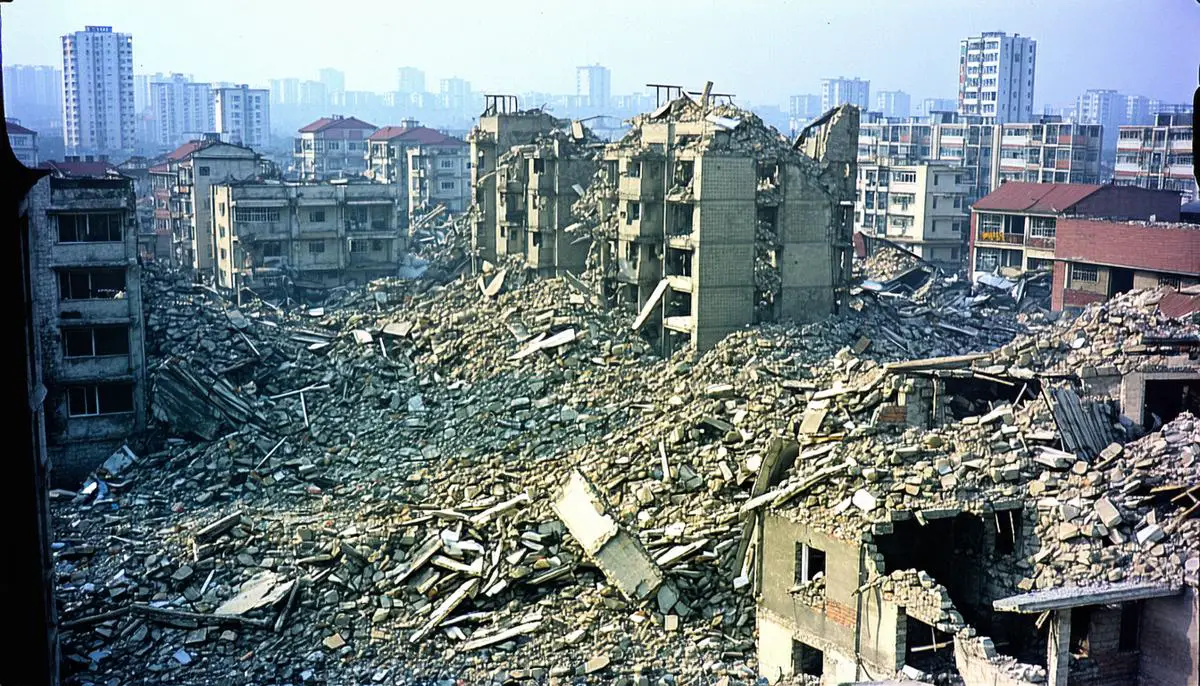
1. Shaanxi Earthquake, China (1556)
On January 23, 1556, a catastrophic earthquake in the Shaanxi Province of China claimed approximately 830,000 lives, marking it as the deadliest quake in human history. The mass destruction was precipitated by the collapse of loess cave dwellings, a common form of shelter among locals. These naturally porous soils, while advantageous for short-term residence and temperature regulation, proved ill-suited to withstand such a seismic assault.
The Shaanxi earthquake revealed significant deficiencies in architectural practices and urban planning, prompting a discussion on the urgency for developing seismically resilient infrastructure. In hindsight, this earthquake serves as a reminder of the importance of:
- Adapting to and respecting geological environments
- Promoting innovations that enhance structural durability in quake-prone regions
- Implementing robust building codes and urban planning strategies
While technology and engineering have vastly improved since then, the memory of this calamitous event persists as a vital chapter in seismic history. It illustrates humanity's continual journey to comprehend, adapt, and coexist with nature's powerful dynamics, underscoring an ever-present necessity for vigilance, preparedness, and ingenuity in urban development.
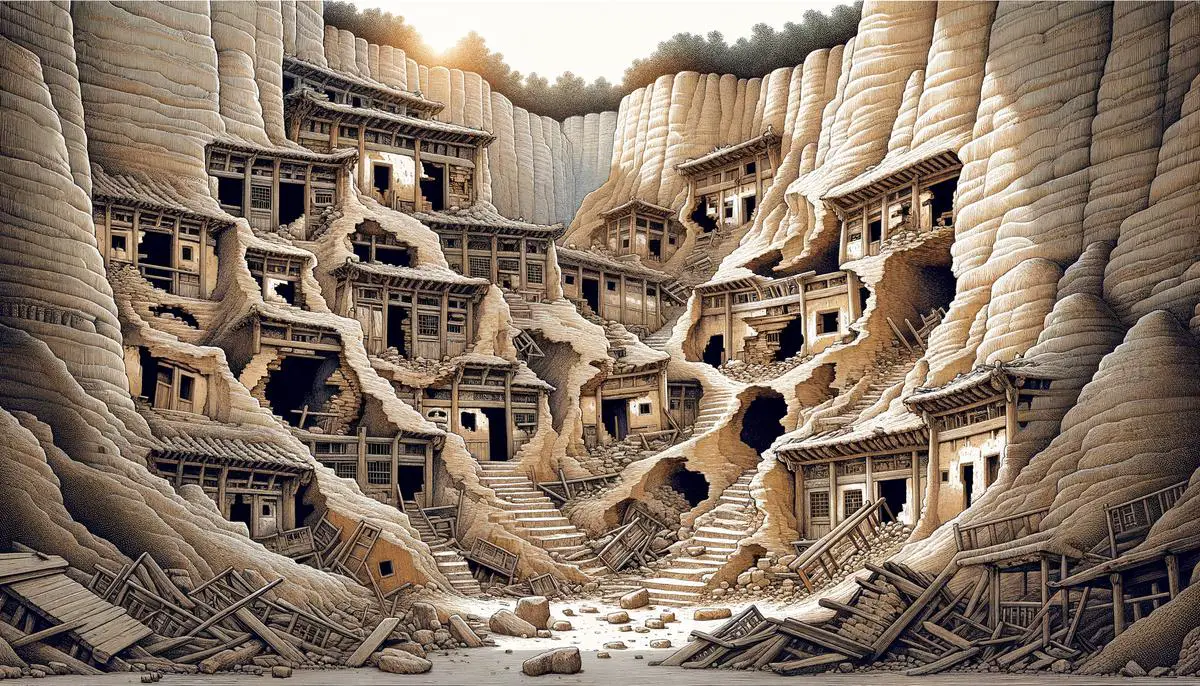
As we reflect on these historic earthquakes, we are reminded of the profound impact natural disasters have had on human societies. What lessons can we draw from these events to better prepare for future seismic challenges? How might advancements in technology and engineering help mitigate the risks associated with earthquakes in densely populated areas?
Consider the following points:
- The role of early warning systems in saving lives
- The importance of earthquake-resistant building designs
- The need for community education and preparedness drills
- The potential of artificial intelligence in predicting seismic activity
- The significance of international cooperation in disaster response
By addressing these crucial aspects, we can work towards creating more resilient communities and reducing the devastating impact of future earthquakes.
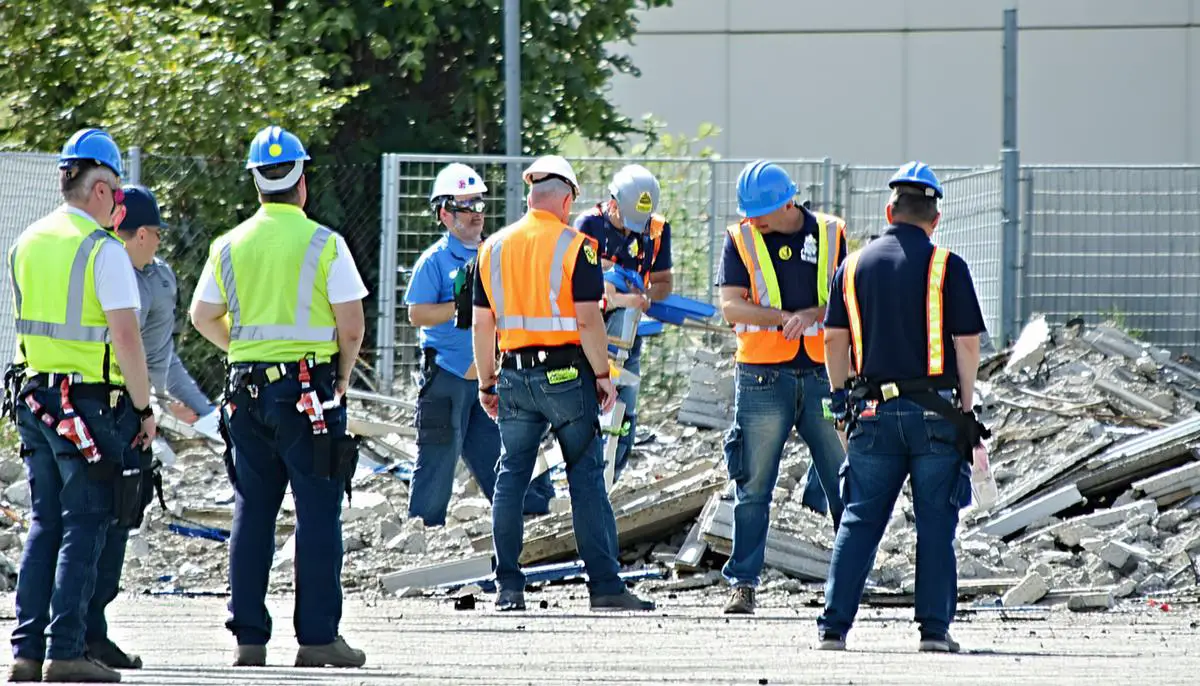
![]()
